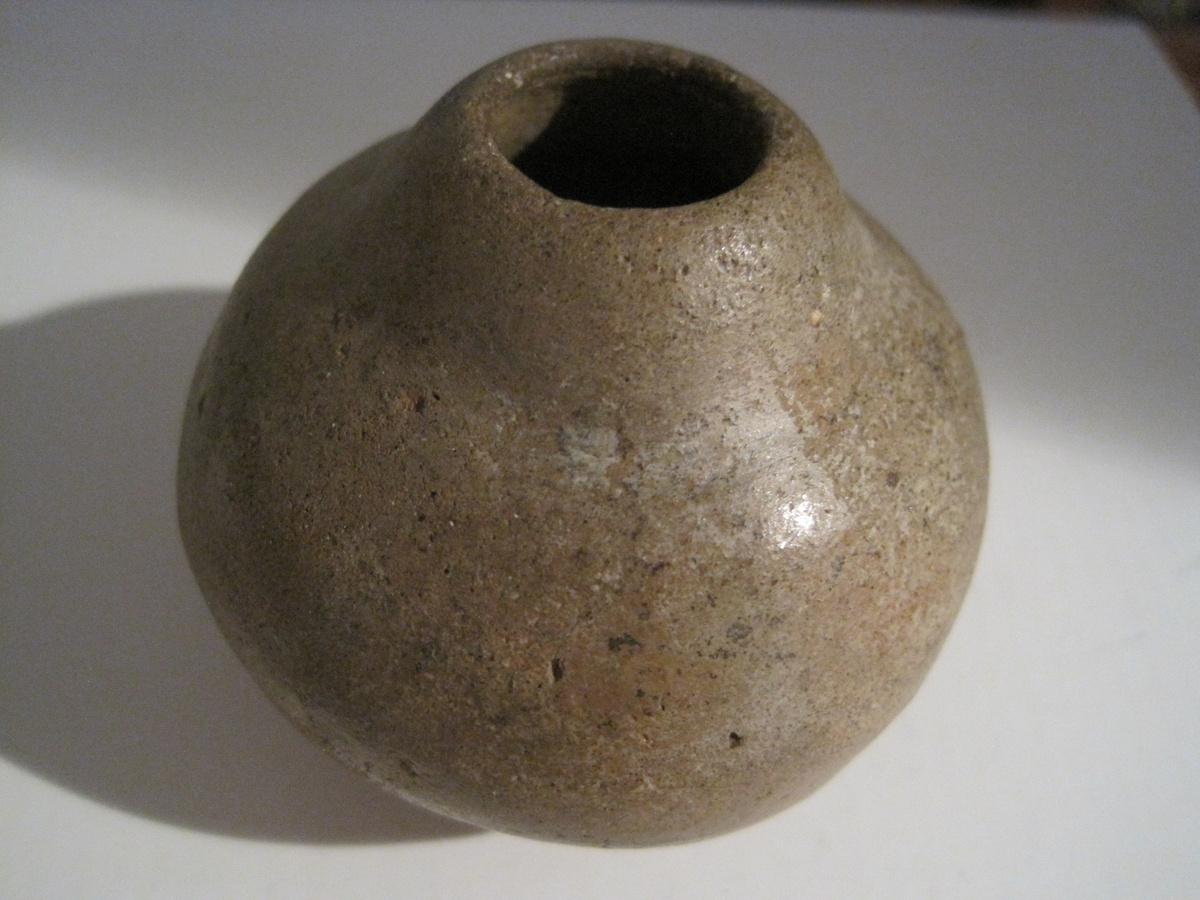

Jack Swilling, a Mexican War and Confederate States Army Veteran, headed west in the late 1850’s to work as an ox-train teamster. The Hohokam effort to build irrigation canals became the foundation of economic and urban development of Arizona. Especially during periods of environmental stress, all but vanished by 1450. The most viable reason was outgrowing their capacity to sustain life in the desert. There is no universally accepted evidence on why they disappeared, only speculation. The Hohokam canal stretched nearly 500 miles and would serve up to 50,000 natives at any given time. The headgates were made out of wood and giant rocks, withstanding the rivers immense strength. A weir, or partial dam, forced water into the head gate of the canal, creating maximum force, and more efficiently carrying water to the local farms. To maximize potential of water to exit river into canals, the Hohokam developed several techniques. If they allowed the water to stagnate, those three elements occur. This increase in velocity, decreased sediment buildup, discharge into fields and evaporation. In areas of inadequate water(ebb) the channel would be narrowed, increasing velocity of water. In areas of excessive water(flow), the Hohokam would widen the channel. Creating a stabilized canal system they transported water through minimal changes in elevation and overcame natural ebbs and flows that rivers create. Their ability to push water effectively for several 100 miles over a flat desert landscape, while evading hills and valleys complimented their legacy. Using digging sticks, the Native Americans excavated 12-feet deep canals, fanning into a larger network of smaller canals.īecause of their extensive excavation abilities, the Hohokam were considered to be engineering geniuses. As the population grew further from the river, the Hohokam began to construct canals for irrigation. Around 600 CE, the Hohokam population grew too large for sustainable living. Hohokam, (a Pima Indian word meaning ‘‘those who have disappeared’’), first appeared around 1 CE initially growing beans, squash, corn and cotton serving a very small population of less than one thousand. The Hohokam people lived in the Mesa area for nearly 1,500 years. With a population estimated to be as many as 80,000 individuals at its height, the culture flourished for more than 1000 years in the unforgiving Sonoran desert before disappearing in about 1450 CE. Whatever the answer, however, people remained, descendants of whom include the Pima and Tohono O'odham of southern Arizona.The Hohokan people dug a sophisticated network of canals in the Salt River Valley as a foundation for a flourishing civilization. Why this once-flourishing cultural pattern came to an end remains a mystery. Hohokam farmers truly had mastered the desert, in the sense that they were able to successfully grow crops in the same locations for hundreds of years and create a large, well-organized, prospering society. 1100s through 1400s, there were tens of thousands of Hohokam people living in large villages scattered throughout the Phoenix and Tucson basins. At the cultural peak of the Hohokam in the “Classic” period of the A.D. The Hohokam represent one of the largest and most complex societies in the Southwest. Hohokam villages also show that society was organized in a hierarchical fashion. Unlike ancient pueblo towns, which often were abandoned after a few decades, some Hohokam villages were continuously occupied for up to 1,500 years or more. Hohokam villages are remarkable in the ancient Southwest for their stability.

Later, the low circular mounds were replaced by much larger, rectangular “platform mounds” of earth, rock, and adobe covered with structures and courtyards built on top.

Early in the Hohokam cultural sequence these consisted of ball courts and small, low, circular mounds made of earth. Within the villages were monumental public works. Accompanying the canals were extensive villages that covered hundreds of acres and were occupied by several hundred people. Not even the complex societies in Mesoamerica had such extensive irrigation canals. In fact, the Hohokam had the largest and most complex irrigation systems of any culture in the New World north of Peru. The Hohokam are probably most famous for their creation of extensive irrigation canals along the Salt and Gila rivers. During this time, they achieved remarkable successes. 1450, barely 90 years before Spanish explorers arrived in the Southwest. The Hohokam were, in the words of archeologist Emil Haury, “masters of the desert.” Their cultural pattern existed from the first years A.D. Hohokam ruins at Casa Grande Ruins National Monument


 0 kommentar(er)
0 kommentar(er)
